The Brenda J. Thompson Interview
An Interview with Brenda J. Thompson, the author of Enslavers of the Maritimes, A Wholesome Horror and Finding Rose Fortune.
Brenda J. Thompson has been a history buff and writer all her life. Plays, short stories, press releases, protest chants non-fiction, fiction...nothing escapes her pen. An anti-poverty activist by nature, and writer by choice, Brenda has won awards for her writing In 2019, Brenda founded Moose House Publications to provide a platform for writing in and about rural Nova Scotia. Brenda lives in Perotte, Nova Scotia, not too near to Annapolis Royal.
Brenda, please tell us a little about yourself.
I am an old "wanna-be" hippy. I was born too late to be a hippy but grew up around a lot of them. I had hippies as my teachers and university profs and I always admired their philosophies. My parents were young and very poor when they had my two brothers and me but I didn't know we were poor because my mum made our lives about great experiences instead of material things. This melded quite nicely with the hippy philosophy even though my parents were not hippies. So we did things like camping on the beach in Chezzetcook, going for walks in the woods, and working together with our parents to make Christmas ornaments. I had a terrific childhood!
Eventually, we moved into Dartmouth and the middle class, however, I became an unmarried mum just days after turning 21 years old. My then-boyfriend, a staunch Roman Catholic who did not believe in abortion (my parents did warn me) did a disappearing act when I was in my second trimester. This was 1983 and it was still shameful to be an unmarried mother. My parents paid no attention to that and welcomed me and their granddaughter to their home in 1984. And I quickly found out how misogynistic the world, and in particular, our provincial government policies could be. After applying for social assistance in 1985 and being denied - insert long assed story that I won't get into here - and writing a piece for the (now defunct) Daily News newspaper in 1987 about how sexist and regressive our social assistance policies were, the Minister of Social Services (Edmund Morris) tried publicly humiliating me with a response to my published piece. Cue a court battle in January of 1988 where I successfully (with help from women across Canada) had his wrist slapped for breaching the Freedom of Information Act of Nova Scotia. After that court case, I thought I would use my notoriety to write a book to help out single mums and put pressure on the provincial government to change some of their regressive shit policies. With the help of a lot of women, I published The Single Mothers Survival Guide for Nova Scotia. It was extremely popular in the 80s and 90s.
Brenda, you've always been an ally of historically marginalized people in the Maritimes. There was your "Wholesome Horror" book (or books, as there is a second edition now) about poor houses in NS, "Finding Fortune" about Rose Fortune, a Black Loyalist, and now a list, by province, of enslavers in the Maritimes. As a white settler, how or where did this concern or interest begin?
See answer No. 1. Haha! Growing up in poverty, and experiencing my single motherhood in poverty, made me wonder how people in the past survived such situations. For example, unmarried mothers could not get financial help from their municipal or provincial government until 1972. That was just 12 years before my daughter was born. So what did unmarried mums do before that? This question made me look into history and women's stories. When someone suggested I look into doing a degree in Women's Studies at Mount Saint Vincent University, I was all in. As an aside, MSVU wasn't happy to have me apply to go there in 1987 as I was THAT controversial. I applied as a Mature part-time Student and whomever was in charge then did everything they could to keep me out. I just kept jumping their hoops until I got into a course and then took it from there. I was 24 years old.
From MSVU (where I graduated on the Dean's List) I went on to Acadia University and did my MA in Sociology studying low-income single mums in Nova Scotia. I graduated from there in 1992 and then took MA-level courses in International Development at St. Mary's University.
For the next 30 years, I was busy making a living and raising my daughter. In 1999 I married and had another daughter. But the marriage did not last and I was a low-income single mum again. Again I worked at non-profits trying to help people survive low income and no income situations.
By the year 2015, I was burnt out. I needed a 'fun' job so I decided to become a barista.
And write.
I was always curious about the poor houses in Nova Scotia. I figured this was my chance to do some research into them. As my university education taught me how to do research, I decided to start looking. How did people live in poor houses? When did poor houses come along?
With Rose Fortune, I was curious about her when I moved to Annapolis Royal and heard the legend of Rose. Why wasn't anyone writing a book about her?
I came across a document with Rose's name on it regarding poor people in the Annapolis Royal area and that piqued my in Rose even more. So, going against the rules of a white settler writing about an African Nova Scotian woman, I started researching Rose and putting my quilt of research together. I felt as if I couldn't just sit on this information and not write about her. What a fabulous woman she was! She was up against the odds and she did well not just for herself but for many generations of her family after she passed.
I had always known racism existed. Growing up on Myra Road, Porters Lake outside of Preston, I always wondered why there weren't any Black kids in our school. As I grew up, I intellectualized racism, not appreciating the experiences of those who lived with it, whose grandparents lived it, and who learned to survive it. When researching and writing about Rose, I was astounded.
Reading about what African Nova Scotians were subjected to by white people. white politicians, white enslavers, white communities. My question became "How did African Nova Scotioners NOT burn down this province in revenge?" How did they put up with this systemic abuse? This political, community, and religious sanctioned abuse of them simply because they had a different skin colour and a different culture than the predominantly white people? It continues to astound me to this day!
Sitting back and thinking about this, I thought, What can I do as a white woman settler to bring this information out to the public? I came up with the idea of Enslavers of the Maritimes.
I am a white woman settler writing about other white settlers in history who enslaved other people simply because they had a darker skin pigment than we do. And they did it successfully in this province for one hundred and twenty-one years. So I started researching and expecting this would take at least five or six years to research. But then Harvey Amani Whitfield came out with The Enslaved of the Maritimes book. I took a chance that he would answer me so I emailed him, telling him about what I was working on and how valuable his research was. It was my first ever fan letter! And he answered!!! And we shared information!! He is a lovely man who now lives in Nova Scotia and who was appointed the Centennial Carnegie Chair in the History of Slavery in Canada.
How are your books different?
Harvey wrote about the African Canadian people who were enslaved in the Maritimes. I wrote about the white people who enslaved them. I don't think we, white people, should get a pass in history by assuming our role in enslavement is Black History only. It is also our history as white people. We need to own up to it, acknowledge it, and atone for it. People who say "It was in the past. Let it be. I wasn't there, so I didn't do it" have no clue how history affects today.
We have communities and buildings and wealth that were built on the backs of African Maritimers whose descendants still live in poverty today because it is so difficult to get past historic and present systemic racism. We need to know our history, examine it, ensure we don't repeat things such as enslavement and figure out how to equalize today to atone for what our ancestors did yesterday. We, as white people, benefitted from racism historically and presently. How do we fix that now, today, in the present and keep it fixed?
That leads me to my next question: If someone were to find either their relatives were enslavers or even the house they now occupy was once a house of slavery, what do you suggest they do in the way of reconciliation? Or can they do anything (if they wish to, that is)?
I am SO very happy you asked me this question! It's been a discussion amongst myself and my friend Linda Hulme Leahy who wrote the Introduction to the Enslavers. The DeLancey House in Round Hill is up for sale. Look up James DeLancey in Enslavers. Every time I go down the 201 highway past this house I see the young enslaved woman in her yellow turban in my mind.
From pages 73-74 of Enslavers of the Maritimes:
Delancey, James (Colonel) Annapolis Royal/Tupperville, 1794-1804 Enslaved six people. Three females, Nance, Jane and Harriet along with three males, Charles, Jack and Caesar. All ages unknown. Jack ran away from the Delancey home and went to Halifax where he became the centre of an important 'runaway slave' trial
"Col. DELANCEY was known locally as the Old Major and led a plantation lifestyle. He reportedly trained a beautiful slave girl to stand still while he shot a turban off her head. To entertain his guests after dinner, the girl would appear in the garden wearing a yellow turban. The Old Major would boast that he could shoot it off her head if he just had his gun at hand. Whereupon, Black Caesar would appear with the weapon. At a range of sixty yards the Old Major would then delight his society guests with a perfect shot. The turban would fall, and the girl would be unharmed.
This slave girl was reportedly the Old Major's favourite and he promised to free her when he died. This happened in 1804, when the slave girl poisoned the Old Major's coffee. Col. James Delancey is buried in a small family plot in Round Hill, Annapolis County, Nova Scotia, near the tracks of the Windsor & Annapolis Railroad. The inscription on his tombstone says only "Honorable Colonel James DELANCEY/ He lived respected and died universally regretted." The Nova Scotia Genealogist, Vol. IX/2 1991
Linda and I have talked about how we could get a grant and purchase that house to make it an homage to those who were enslaved. But is that right for two old white women to do that?
What I would like to see:
an acknowledgement of those who were enslaved. I would like to see a registry of buildings and properties where enslaved people lived and worked and were forcibly kept by law and enslavers.
I would like to see the current owners of houses where enslaved people lived to be acknowledged by a plaque on their homes.
I would like current owners to discuss with those who come to their houses to visit that enslaved people once lived here and the repercussions of this enslavement.
I would like current owners to educate themselves on the practice of enslavement in their area and province.
I would also like to see at least one of these buildings being handed presently or via inheritance to a local African Maritimer organization for their use as a museum, offices, a display that other people can come and visit and see how enslaved and the enslavers lived.
Linda and I have already come up with a discussion point: So you've found out enslavers owned your house? Now what?
We'd also love to see a play called The Enslaved Girl in the Yellow Turban about the young woman who was constantly subjected to the egotistical whims of Colonel DeLancey as his 'favourite'.
We (white and African) must come to the table and talk. We need to leave the shame outside the door and talk about how we can acknowledge and atone for this. Racism is at so much more depth than many (most? all?) white people could understand without talking, researching, and thinking about what enslaved people and their descendants were subjected to. But to have it all happen, as Linda says, the discussion has to be an 'invitation of compassion'.
Thanks, Brenda! (To learn more about Brenda’s books, click on the cover images above.)




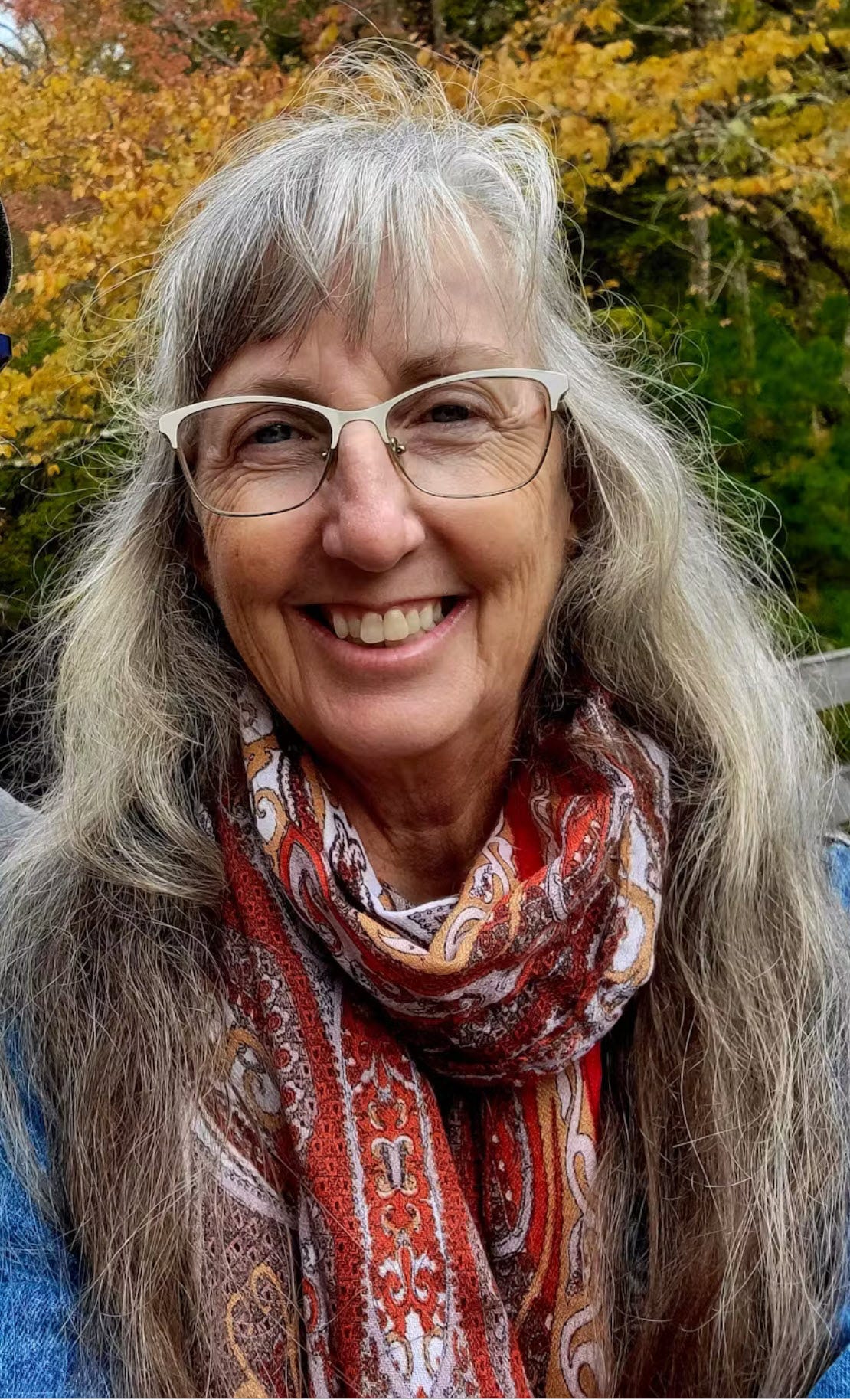
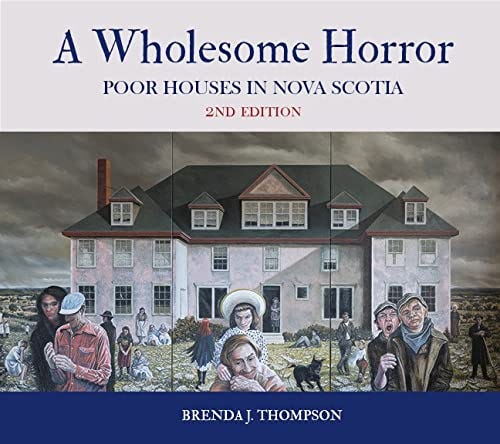
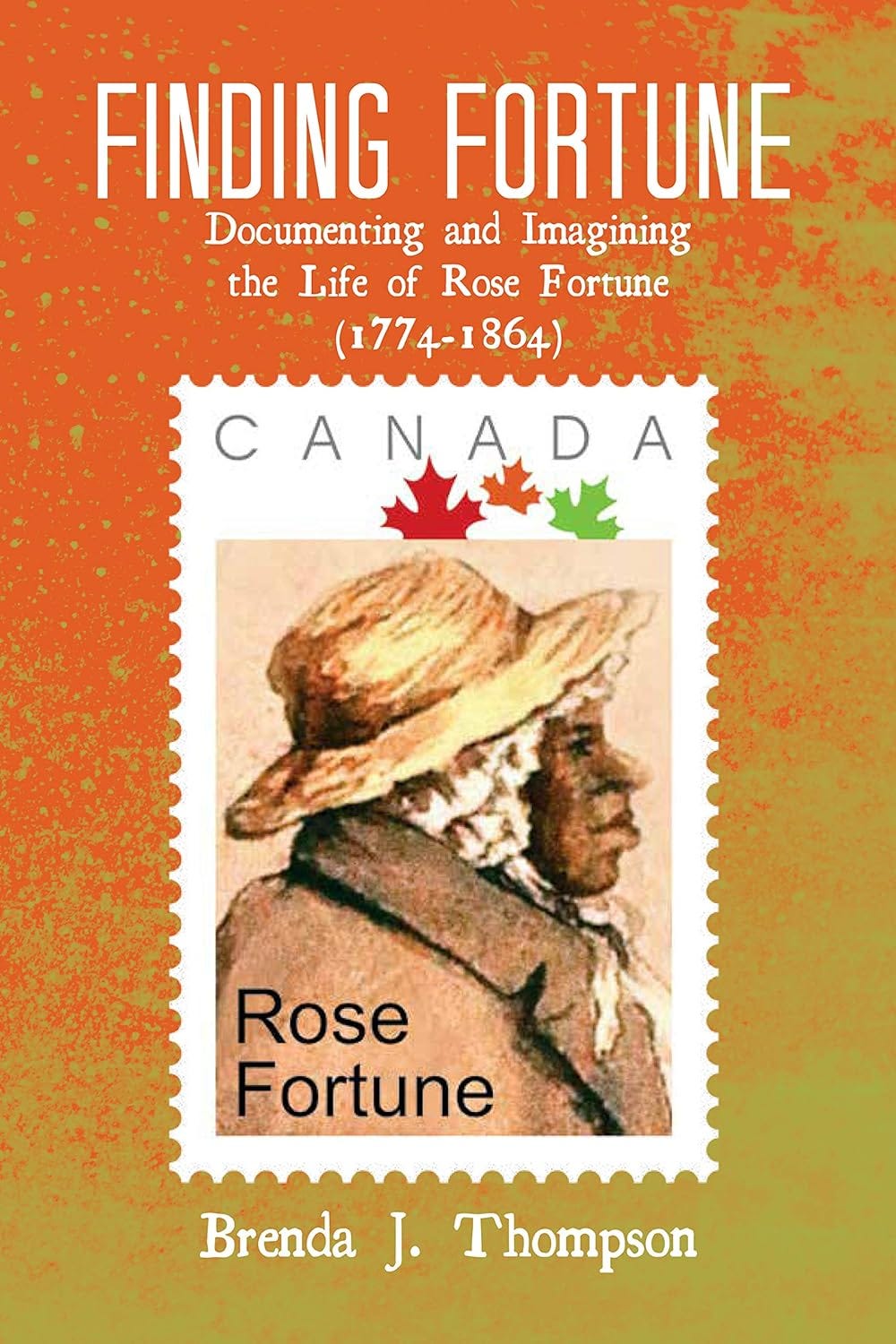
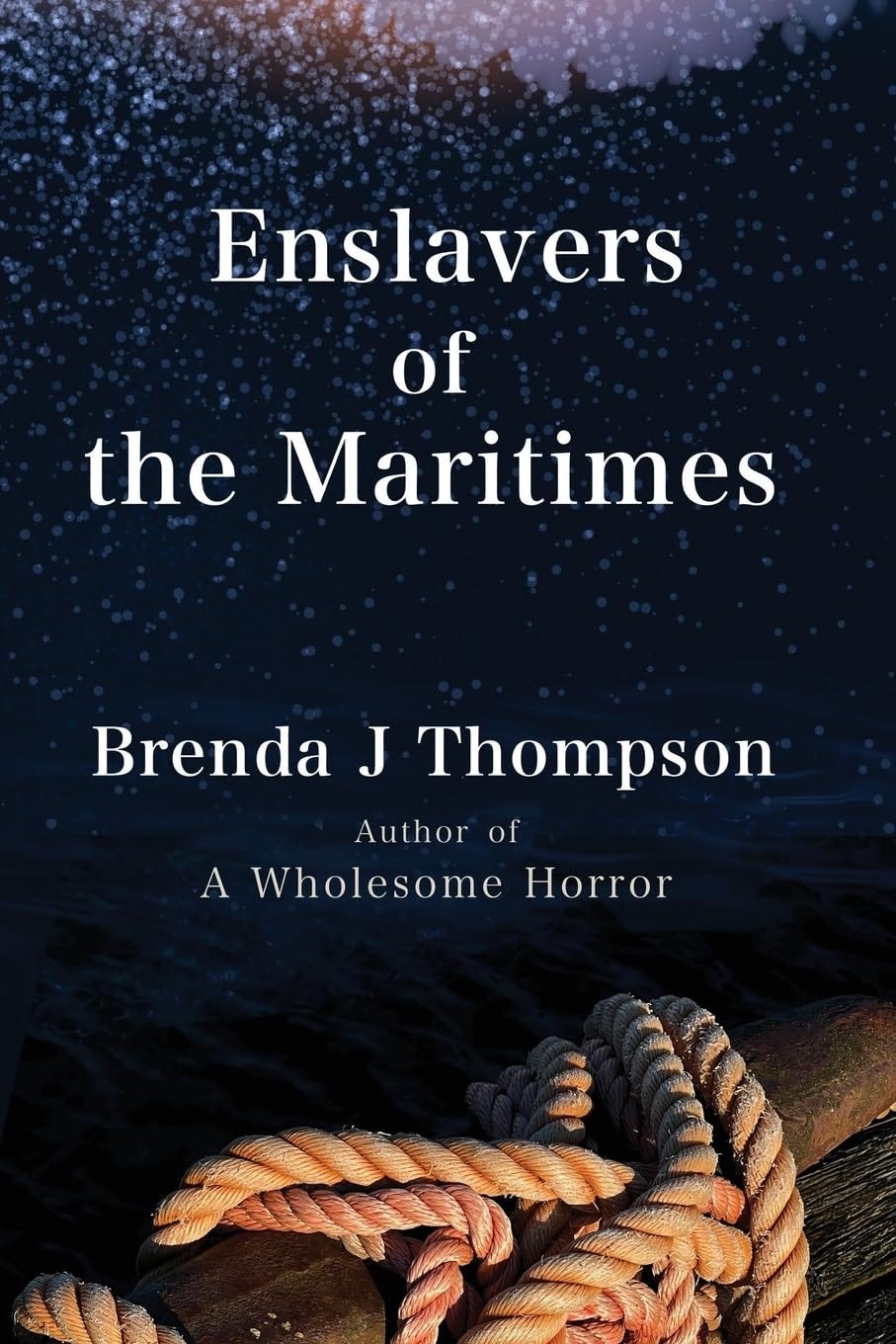
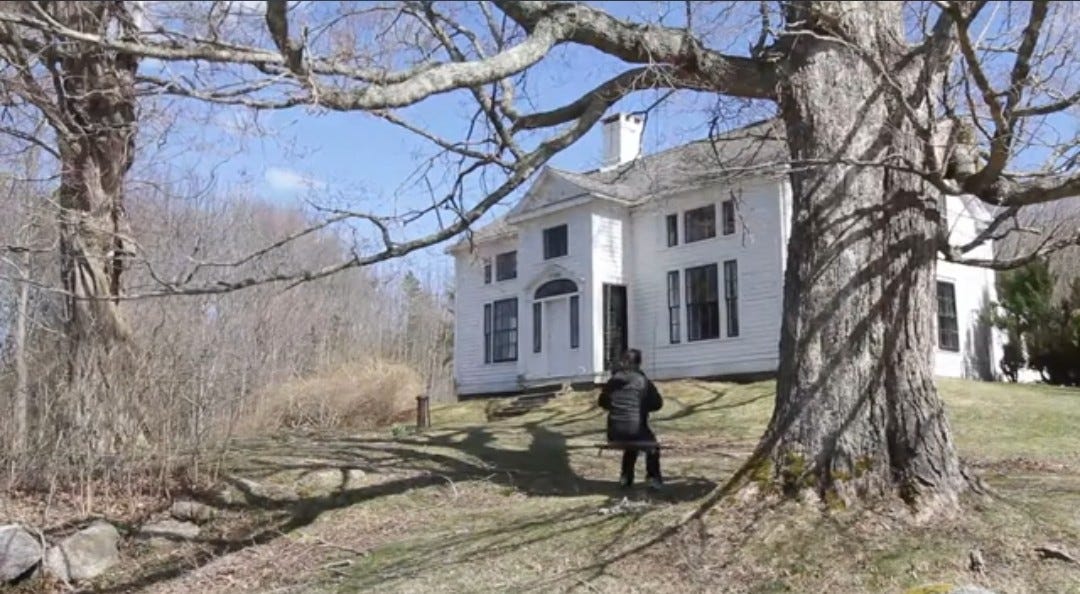
Great article Brenda! Brava, brava!